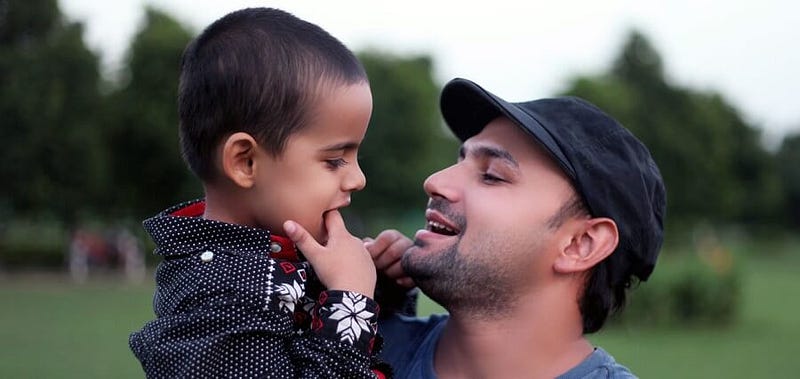When we are born, everything is new for us. We are not used to this environment. There are entirely new people and a new environment. So! Have you ever thought about what helps us to get familiar with this new place? The answer is ‘Social Referencing.’
Social referencing is a valuable tool for a newborn baby. It helps them settle in a new environment, place, new people, and new things that are a part of their new world. The best example of social referencing is — when a child makes decisions based on reading facial expressions.

Six months after birth, a child starts practicing social referencing in their day-to-day life to understand their surroundings better. And as they grow, they make use of social referencing more and in a much better way as they start responding to things.
When you ask something from the babies, they grasp signals from the emotional responses and respond accordingly. Let’s understand it in a better way with the help of an example. Suppose a child sees a shiny object or any object, they will look upon you before touching it to know whether it is ok to touch it or not. Your one look is enough for the baby to understand whether it is right to touch the object or not.
As the baby grows, they learn to express their feelings. They don’t say it but express it through their facial expression. They express their happiness, their anger, everything. Therefore we can say that expressing emotions is due to the social and educational pressure of the surrounding. Expressing emotions helps a kid in many ways-
- It helps kids understand the environment better and allows them control during the transition stage.
- It helps in shaping their future.
- It helps them in playing with friends and family.
- It also helps them to concentrate on what their parents are instructing.
- It helps them to learn things better.
“A child undergoes various social and emotional developments or changes from the infant stage to adulthood.”
A duration of 0–6 months after the child’s birth is crucial for the development of a child. During these six months, the baby does many activities. Some of them are — they look at their fingers, hands, and legs, suck their thumb, suck their legs and fingers, smile when you touch them, cry when you shout. When a kid is 3–6 months old, they will respond when you call their names, laugh when you make a funny sound, etc., start recognizing their family members, start expressing their emotions like anger, happiness, fear, pleasure, etc.
Before the second birthday, the baby tries to explore new things and places. At this age, they develop a sense of self-awareness. Between the ages of 1–2, the kids try to identify their mirror image and express emotions. Respond to your actions etc.
Between the age of 2–3 (Toddler Stage), the baby tries to be creative, and you can see confidence in their every action. At this stage, a kid will be more friendly and try to play with other kids, and they will be able to identify their gender; they start responding to you in yes/no according to their mood, becomes choosy in what they eat, wear, toys, etc.
Within the fourth year, the toddler is grown and is physically involved in many activities, which increases their self-confidence. During this stage, your toddler will be more independent, confident, follow your orders, share things.
During the age between 4–6, kids become more aware of personality, show more interest in playing games, develop many skills like thinking and reasoning, become more friendly, understand others’ feelings, show interest in playing games, etc.
Between the age of 7–12, kids start going to school and develop more changes. They learn more things through parents and online teaching sites like — follow the rules, interact with friends, show interest in subjects of their choice, and more.
During the age of 12–20 years, children have a lot of confusion, and they reasonably answer questions, are aware of their appearance, like to be alone or in a group, etc. Learning management systems (LMS) used by online teaching apps help in the improvement and analysis of the overall development of students. These are a few examples of how social referencing is helpful in a child’s development.
No comments:
Post a Comment